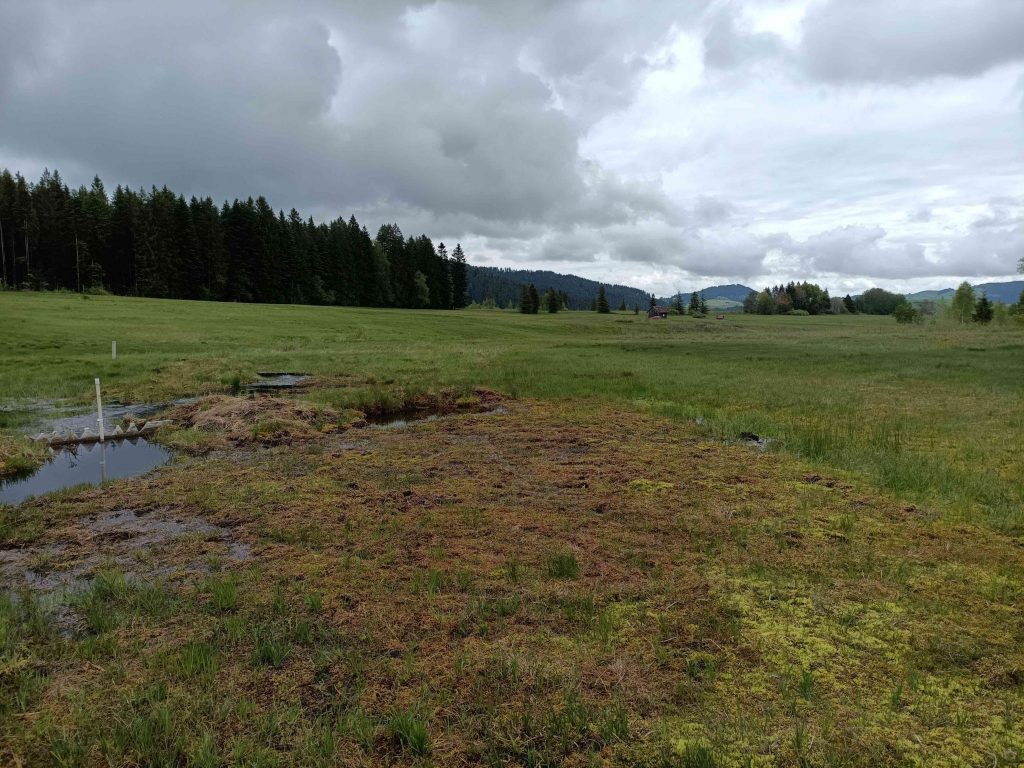
Wetlands play a key role in the global carbon cycle. However, many wetlands are currently degraded, often by draining to be converted to agricultural land. These degraded wetlands have not only lost their ecosystem functions, but are also significant sources of carbon dioxide and methane to the atmosphere. The restoration of degraded wetlands and their capacity to sequester atmospheric carbon dioxide by peat formation is key in the context of climate change. Despite the recognized potential of wetland restoration for climate change mitigation, we currently lack a methodology to precisely estimate carbon fluxes in wetlands and, therefore, to quantitatively assess the impact of restoration efforts on carbon sequestration.
In this project, we aim to provide a modeling framework that allows us to estimate wetland carbon fluxes under changing climatic conditions. We aim to develop a process-based framework that considers coupled ecohydrological and biogeochemical processes in wetlands and explicitly accounts for the unique features of these ecosystems. The modeling results will be corroborated using existing monitoring data from a wetland under restoration in Switzerland as well as selected data to be collected as part of the project depending on specific modeling needs. With this project, we aim to provide a tool to quantify carbon fluxes in selected wetlands in Switzerland and the necessary baseline data to optimize the implementation and operation of restoration projects to maximize carbon sequestration.
This is a joint project between SOIL and CHANGE (Laboratory of Catchment Hydrology and Geomorphology).
People: Filippo Miele
Collaborators: Sara Bonetti, Edoardo Chiarotti
Funding: InTent Foundation